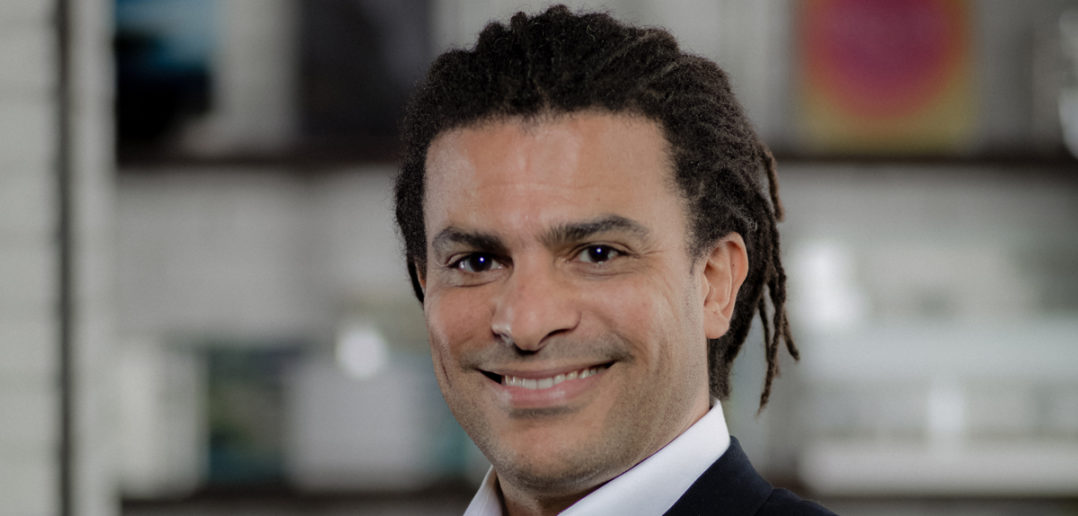MIPIMWorld: Could you tell us more about TOD (transit oriented development) and how it will impact our future cities?
David Buffonge: Lead 8 specialises in the design of large-scale, mixed-use, transit oriented developments. We help clients to raise the asset value of properties situated by transport hubs through market repositioning and integrating retail, offices, hotels, restaurants and public spaces to match local demand.
Many of Lead 8’s projects are configured around new transit lines for new city districts. In Asia, for example, we’ve seen bold and innovative ideas over the past few years in how to design, plan and build connectivity and efficiency into small and large-scale projects. Lead 8’s expertise in creating mixed-use, transit oriented developments in high density environments has finessed our understanding of effective use of space.
Flexibility and adaption of a building will increasingly determine its future success allowing it to adapt over time for changing uses. The most successful, transit oriented developments feature mixed-use layering such as ground floor retail, middle floors with office space and residential on the higher levels. This means a building is well used throughout the day and across the year, with a mixture of uses at different times.
MIPIMWorld: How is the work of architects changing as applied to the TOD model? What are we seeing more of today in the mixed-use environment, that didn’t exist before?
David Buffonge: As experts in mixed-use, transport connectivity, density and verticality, Lead 8 assists clients to achieve commercial success through integration and densification, while maximising opportunities for development. Collaborating with station and transit operators, the team harnesses the commercial opportunity from seamless movement of passengers and residents, to ensure a connected and efficient transit oriented development.
It’s no longer about building a shopping centre or an office or a private residential environment, but how to create liveable, shareable and connected places. The rise of co-working, co-living and shared retail spaces emphasises the community in the heart of each. As populations increase, greater levels of densification can create new community opportunities through shared spaces. For example, 250 homes are required to support a corner shop and 2,000 for a cinema. Build enough homes and other opportunities are created. Mixed-use and shared space combined can create a successful and vibrant environment.
Immersive retail is on the rise and, in the future, there may be no distinction between the tenanted space and the public realm. Such an example would be active roofs, which are an innovative way to create public open spaces in what can be dense urban environments, in common use already in Asia.
MIPIMWorld: Can you please share with some of your most prominent projects and highlight the feature that you are most proud of?
David Buffonge: We have two projects shortlisted for MIPIM Asia awards:
Lead 8 has recently completed Pacific Century Place, a re-positioned and the first retail-to-office conversion in Beijing with LEED GOLD Existing Building Certification. It integrates quality, innovative lifestyle office space within a vibrant retail, dining and entertainment hub, promoting a positive work/life balance. It is the repositioning of a failing mall, a desolate department store into a pioneering, high visibility, creative lifestyle co-working hub and experiential retail hub in the city. Lead 8 has provided an integrated multidisciplinary service encompassing architecture, interior, branding and signage design to convert the dated department store into an innovative workplace and retail hub.
The project has been shortlisted for MIPIM Asia’s ‘Best Refurbished Building’. The category focuses on how a building can have a second life through an important refurbishment, renovation or transformation to meet new standards and new needs.
We’ve also won a Creative Advertising Award for our design of the advertising hoarding at Shanghai’s Xujiahui Centre. Developed by Sun Hung Kai Properties, Xujiahui Centre is a 1,000,000 sqm transit-oriented mixed-use development and a large-scale lifestyle urban destination hub combining a hotel, office towers, retail streets and spaces, an entertainment district and a cultural quarter. It’s the creation of a future-looking, retail and cultural neighbourhood scale urban development, incorporating a major new public park and transport interchange.
Due to complete in 2022, Lead 8 is currently working on Xujiahui Centre’s Lot 3 and Lot 4 retail planning and architecture, as well as 10 footbridges, branding signage and the hoarding design for the total four development lots.
The project has also been shortlisted for MIPIM Asia’s ‘Best Chinese Futura Mega Project’ award.



